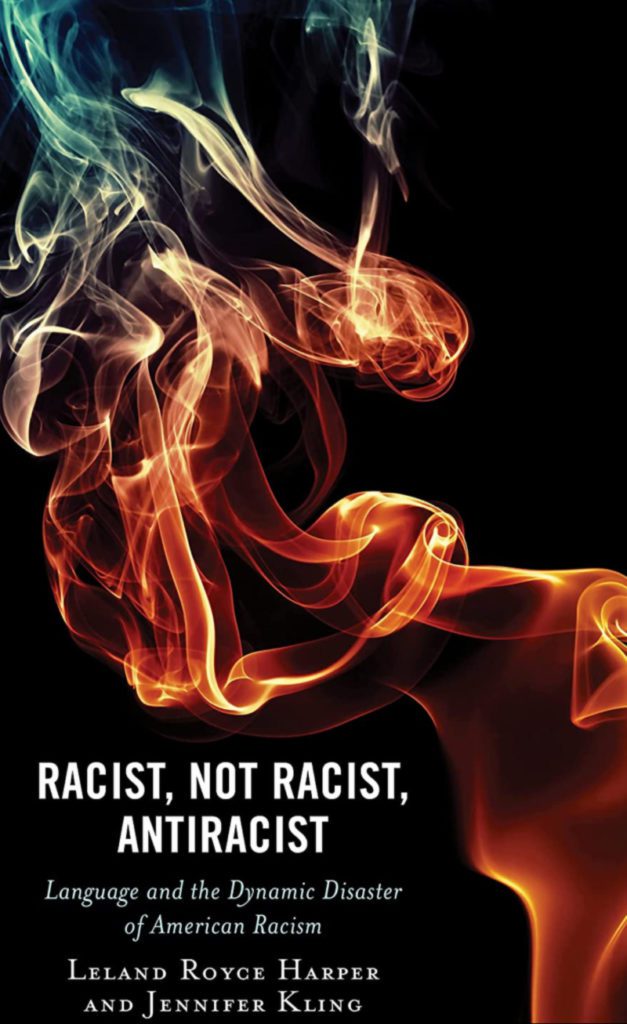
On March 22, an interesting Zoom discussion titled “Racist, Not Racist, Antiracist” was organized to discuss a new book, Racist, Not Racist, Antiracist: Language and the Dynamic Disaster of American Racism, by Leland Royce Harper and Jennifer Kling. During the forum, a conceptual problem surfaced with one of the examples used to define these constructs related to interpreting racist language and racist behavior.
The example used was a little white girl around eight years old who dressed up as Pocahontas. The questions put forth by the authors: Was the little girl racist in dressing as Pocahontas? Were her parents racist for allowing her to dress as Pocahontas? Were they all guilty of racism in her wearing a native-designed dress in the portrayal of Pocahontas?
Emeritus Marxist Fresno State History/Africana studies professor Dr. Malik Simba, who attended this Zoom discussion, made a statement pertaining to the question.
“Both presenters used an incorrect example of racism,” said Dr. Simba. “The little girl dressed in a Disney Halloween costume does not reveal automatically that either she or her mom is racist.
“The Pocahontas story is a cultural-wide story within a multicultural society. The young girl was not wearing warpaint. I thought it was innocent.”
Let’s expand on this issue a little further. The little girl wearing the native-designed dress is not racist. Even with a headband and a feather, she is not racist.

What would be racist is her wearing makeup to make her appear as though she had a red face or redskin. This would be racist and negative in that there is a history of blackface in America in which white actors and some Black actors would apply black makeup on their faces to portray Black people in a negative caricature of a Black person.
To be antiracist, the little girl would study the history of indigenous people before the arrival of Europeans, how Native people fought white supremacy and white racism, how they fought for their freedom and American citizenship. She would indicate this awareness to anyone who asked why she dressed up as Pocahontas.
Here are three examples of when you can define if a costume presentation is not racist, racist or antiracist.
Example 1: If a white woman with alopecia wanted to dress up as a Dora Milaje for Halloween and applied African tattoos to her scalp, her presentation would not be racist or not racist. If she applied dark makeup to her face to make her face appear black, then this is racist.
For her to be antiracist, she would need to read up on African female leaders and their role in fighting sexism, misogyny and racism, and read some Marvel Black Panther comics and understand the role of the Dora Milaje in Wakanda and articulate her findings to anyone who asked her why she dressed up as a Dora Milaje.
Example 2: If a young white boy wanted to dress up as Malcolm X with a black suit, white shirt, black tie, black shoes and a black hat, this does not indicate that he is a racist. Again, if he applied makeup to make his skin appear dark or black, then this is a racist portrayal of Malcolm X.
For him to be antiracist in his dressing as Malcolm X, he needs to read up on the civil rights movement, read up on the Nation of Islam and orthodox Islam, and when asked why he dressed as Malcolm X tell them about Malcolm’s struggle against racism and white supremacy.
Example 3: If a young Black girl wanted to dress as Supreme Court Justice Ruth Bader Ginsberg in a black justice robe and glasses, this would not be racist or not racist. If this Black girl put on makeup to make her appear as white, then this would be a racist portrayal of Supreme Court Justice Ginsberg.
For her to be antiracist in her portrayal of Justice Ginberg, she would need to read up on Justice Ginberg’s struggle against religious discrimination, for women’s rights and her support of a liberal interpretation of the U.S. Constitution. When asked why she dressed up as Justice Ginsberg, she could tell them what she learned.
The above examples provide possible guidelines for anyone who wants to dress up for Halloween in a costume that is outside their cultural or ethnic experiences. These examples will assist them in choosing how to present themselves so their behavior and presentation will not be interpreted as racist.
Whichever historical individual you choose, make sure you are aware of that person’s history and contribution to American mythology or history so you can also be an antiracist and not a racist or not racist when you personally present/portray someone outside your culture or ethnic group.
